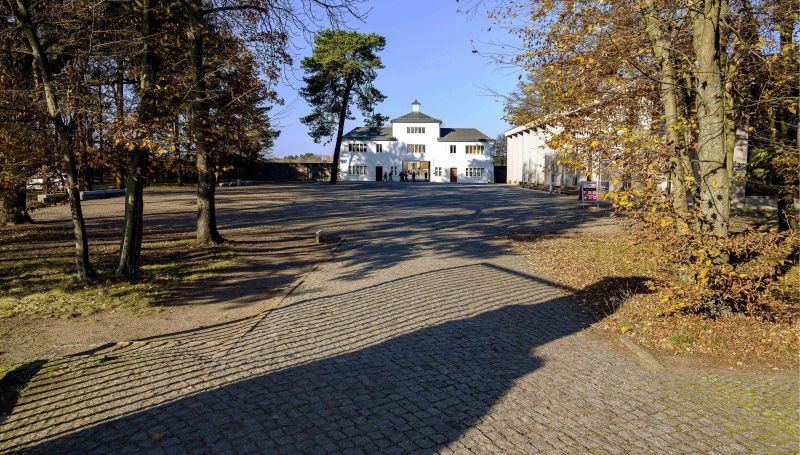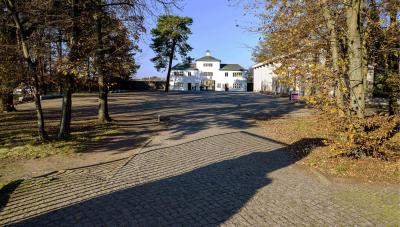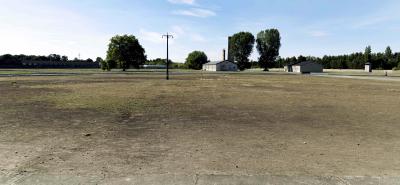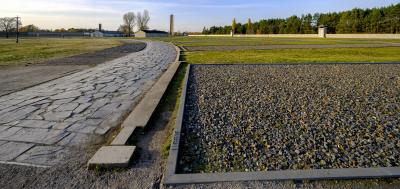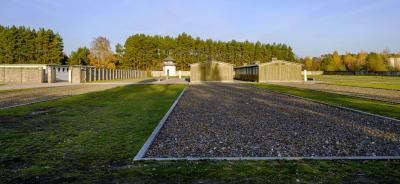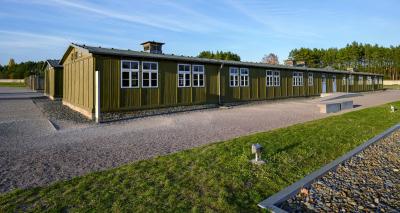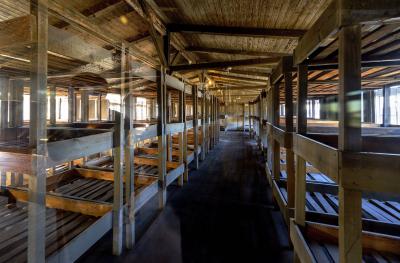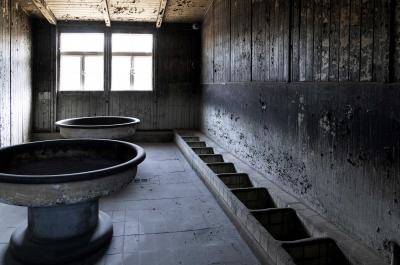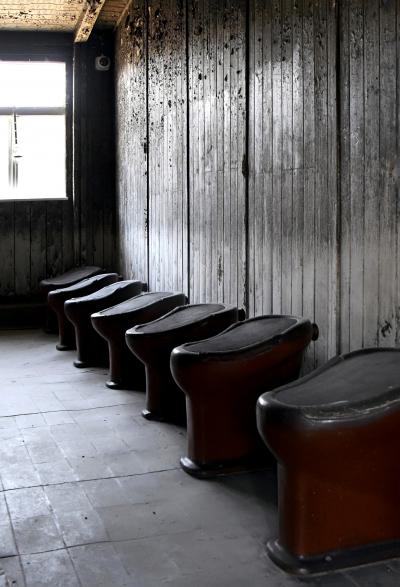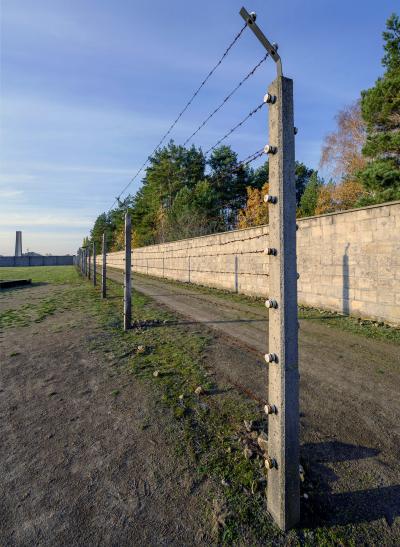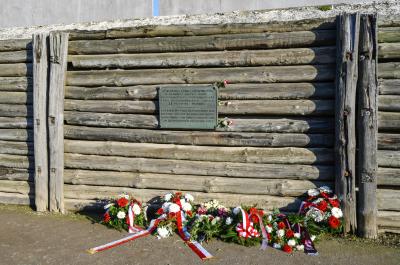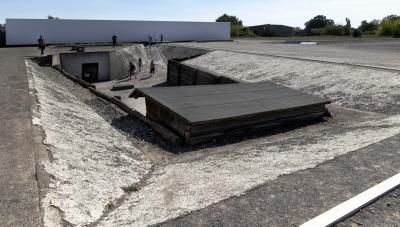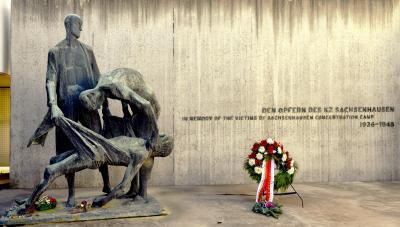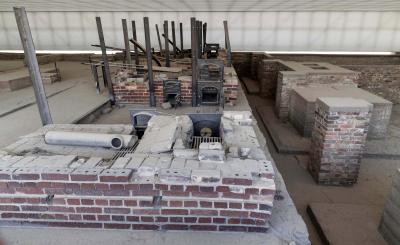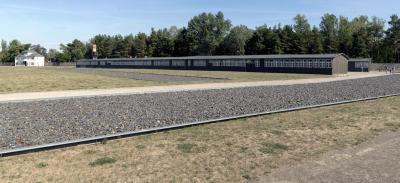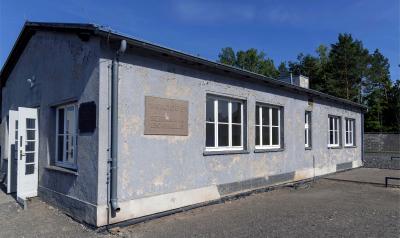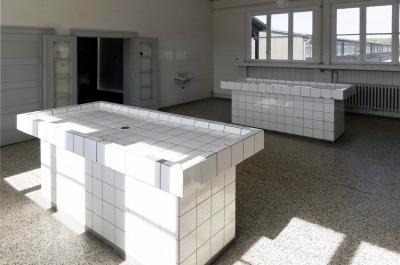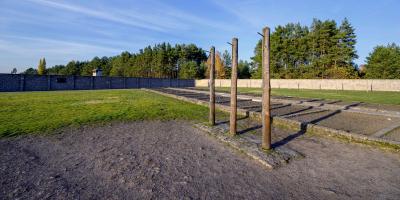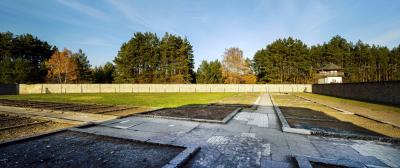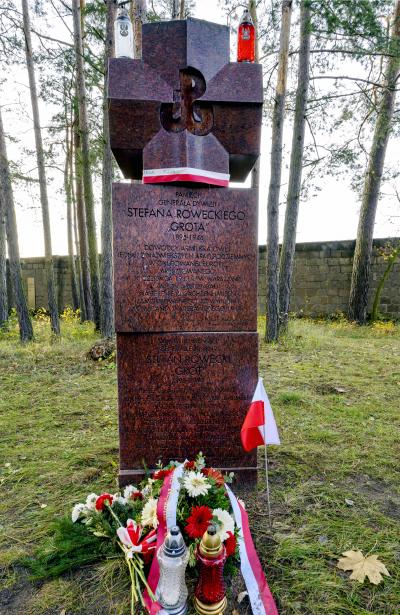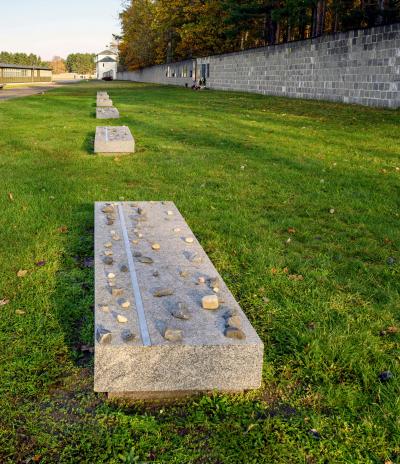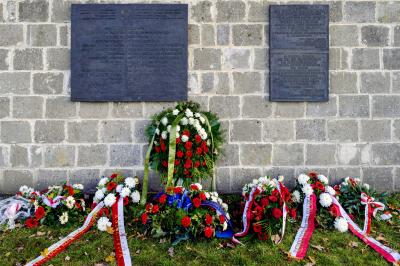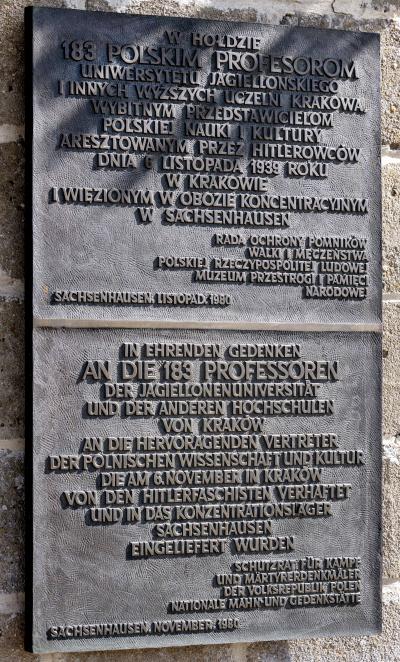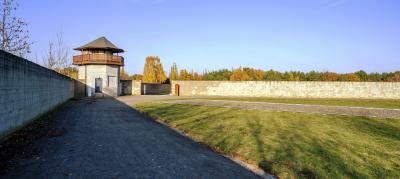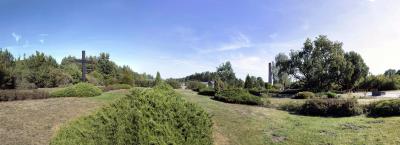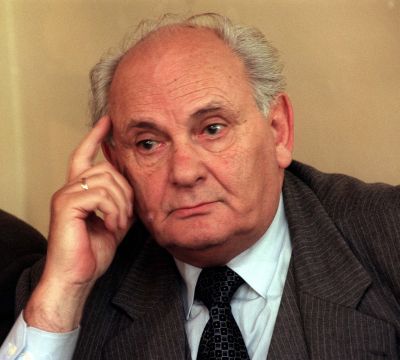Moments of what we call history and moments of what we call memory
Mediathek Sorted

We and you. You us – we you. A matrix of mutual relationships and simple abstractions, which is seemingly embedded in the history from which it draws its legitimacy, whilst it actually encounters it in the form of a timeless myth that drives the mechanism of further quotations, repetitions and reconstructions. A useful tool, especially for developing the identity and the solidarity of one’s own group, admittedly at the expense of the overall perspective. We you – You us. A permanently open account - in the third, fourth and every future generation. You the evil ones – We the good ones. This form of memory has a long tradition, has existed forever really, even when the memory related to the experience of the horrors of totalitarianism in the 20th century. The more we remove ourselves from the events, the more this memory takes the upper hand in the official narrative that we are happy to feed. There is a certain inevitably therein. The generation of direct witnesses was very strongly influenced by the sensitisation for war experiences as a tragic and traumatic destruction of humanity, by its self-awareness and by the myths and illusions about progress, humanity and moral development. The horrors of war were a defeat and an obligation for each of these people. The perspectives that went beyond the boundaries of the tribal identities could no longer be so easily denied. Today, where almost all of the witnesses have died and the memory is less the product of one's own experiences and more an intellectual construct, the climate has changed. Military themes dominate the litany of officially requested designs. Fighting for the sake of fighting, torn from the military, political and social context completely, becomes the most noble manifestation of patriotism and it is once again sweet to die for the Fatherland. The war as such, or more accurately collective organised violence, is no longer an expression of the tragic regression of mankind, but instead becomes an openly discussed legitimate policy instrument and turns into the pursuit of common interests which are, of course, morally justified. But then are there any others at all? And isn’t this shift of emphasis clearly and symbolically demonstrated when the current Director of the Danzig Museum of the Second World War (Muzeum II Wojny Światowej), in a debate about a new exhibition formula, asks that the “positive aspects of war” be included in the didactic programme? Signum temporis.
Of course, this narrative does not contain the positive aspects of the concentration camps or the camp experiences, but in the face of the apparent enemy the latter are often and willingly exploited in the sense of ad-hoc policy and to establish discipline and social identity; the narrative is channelled and adjusted to the tribal schemes. And now I read reports in pro-government media about the visit of our country’s incumbent President to Sachsenhausen where he laid flowers on the commemorative plaque for Polish academics imprisoned here in the context of the so-called “Sonderaktion Krakau”. If the summaries are to be believed, the narrative of the address held to commemorate this occasion did not go beyond the national categories mentioned.

















































































